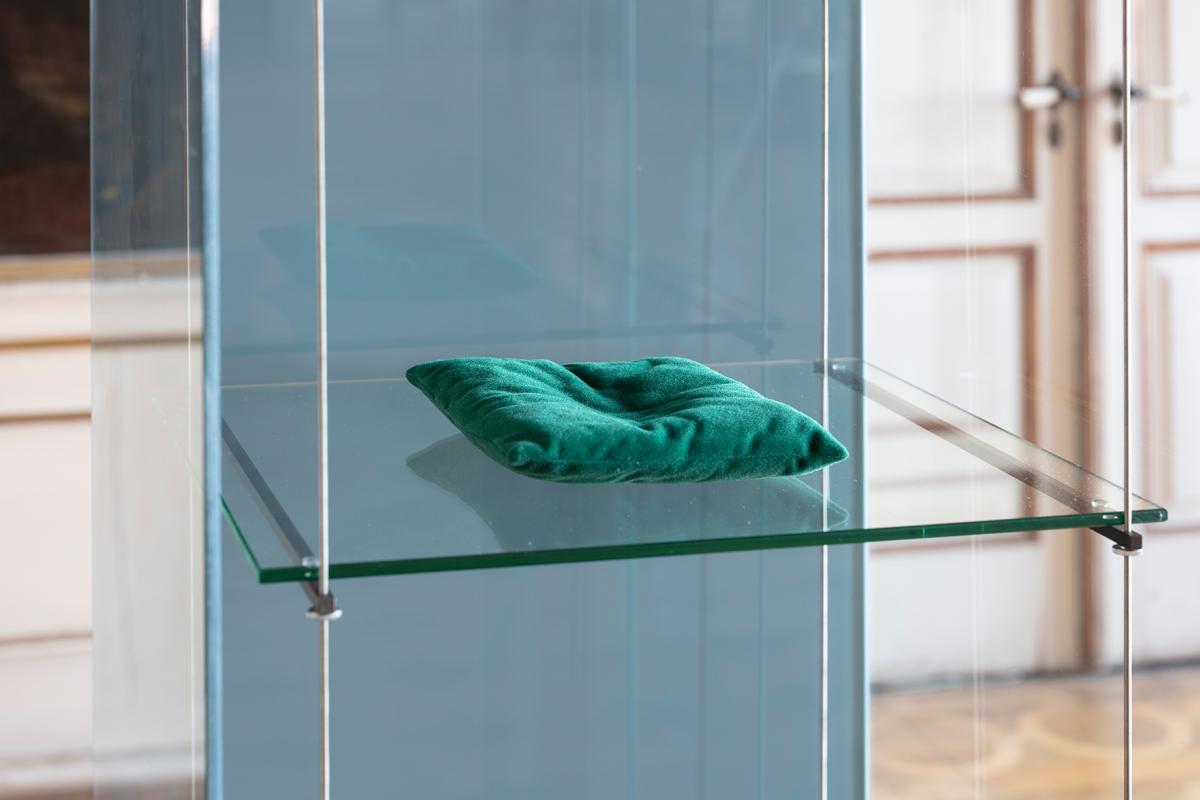The collection still contains 33 skulls which it was possible to examine more closely. The whereabouts of eight skulls has not been clarified, nor was it possible to verify some of the information in the museum records or reconstruct some identities. However, names were successfully assigned to 19 individuals whose skulls are in Gotha: Frobolo, Abdul Rahman, Tjia Ah-Su, Ka Apat, Bi Ah-Boie, Yi Seng, Djënagan Ahsan, Simien, Indian or Endang, August, Thing Ho, Anang, Intje Dongar, Tjimat, Goesti Koesin, Besie, Johannes Lumeke, Bo', Matahé. Most of them were young men aged between 18 and 35. One skull is of a woman who died when she was no more than 30 years old.
Duke Ernest II of Saxe-Coburg and Gotha (1818-1893) received the skulls as a gift between 1862 and 1880. They can undoubtedly be attributed to Dutch India and can be attributed to a colonial context. In the course of the project, it became apparent how closely a supposedly peripheral ducal collection was intertwined with the conquest of colonial territories.
Several skulls show traces of violence around the time of death. In two cases of persons who were probably executed, anthropological investigations also indicate practices of exhibiting the corpses after death. The probable reason established for other injuries is that they were the result of fights. Many of the skulls show traces of chronic deficiencies or infectious diseases. Since many of the men were captured freedom fighters, these findings suggest lengthier periods spent in prisons or prison hospitals.
Stiftung Schloss Friedenstein Gotha is seeking to repatriate the skulls and suggests that an international working group be set up to take all the next steps in coordination with the Indonesian Repatriation Commission. The foundation says that it is not possible for it to repatriate the items on its own, however, without an explicit demand or request from Indonesia.
For short films, interviews, lectures, discussion formats and information films on the project, see www.friedenstein.eu/human-remains. The foundation has also published the magazine Menschen – Human Remains in der Stiftung Schloss Friedenstein Gotha, which can be downloaded free of charge.


